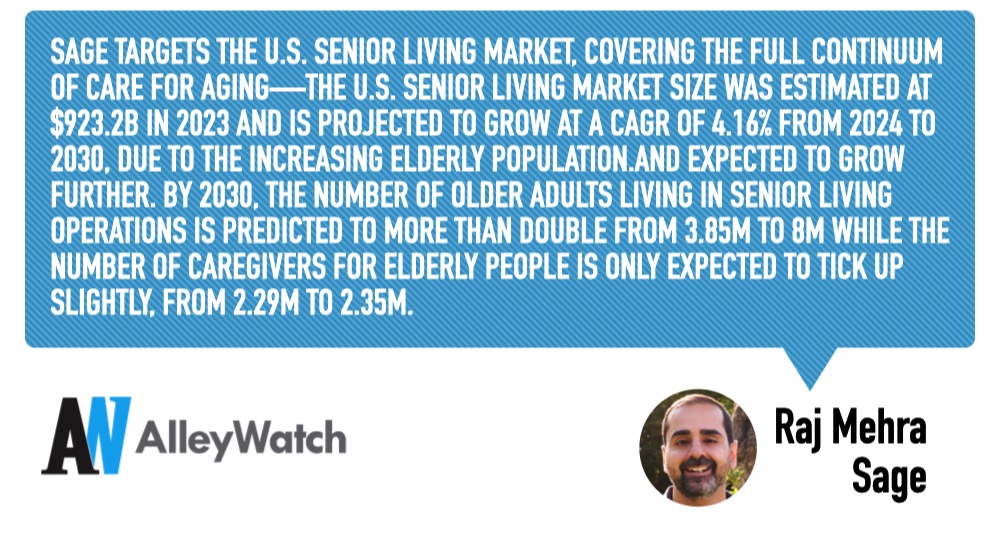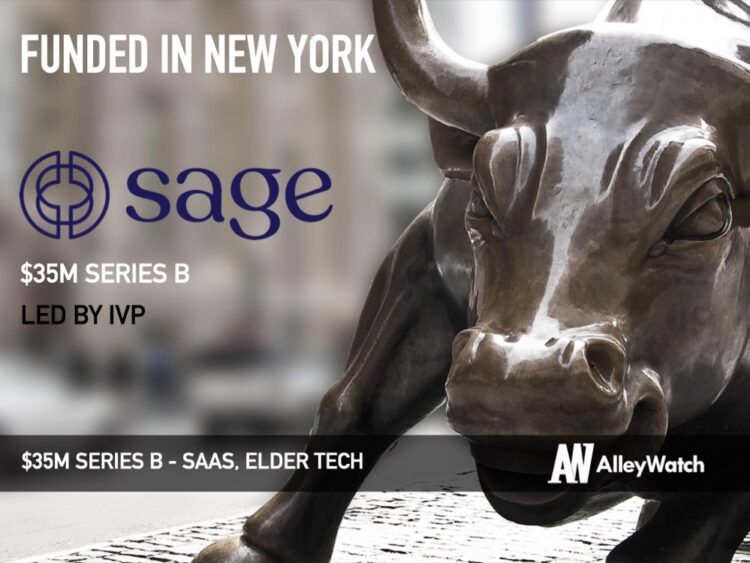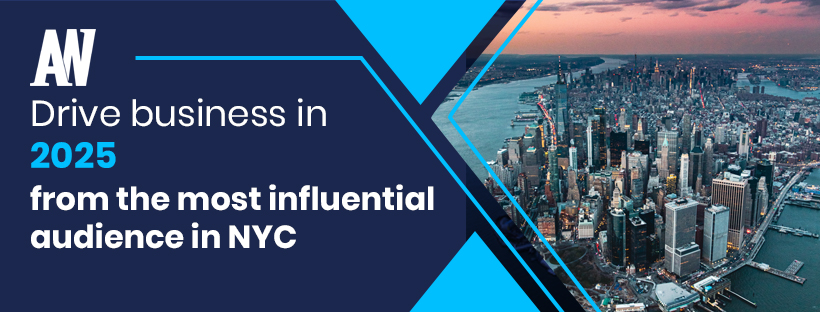The senior living industry faces a growing crisis as the aging population rapidly outpaces the availability of caregivers, with the resident-to-caregiver ratio expected to double from 1.7 to 3.4 by 2030. Most senior living communities still rely on outdated tools like paper records, post-it notes, and walkie-talkies, leading to delayed response times and making it difficult to track and improve quality of care. Sage replaces traditional nurse call systems with modern cloud-based technology that provides real-time data and insights. The platform has already helped operators triage 1.3 million care events, reducing average response times from 20 minutes to under 8 minutes while decreasing staff turnover by 20% in participating communities. Through automation and data-driven insights, Sage empowers caregivers to provide better care while giving operators the visibility they need to make informed decisions about staffing and resident needs. Currently serving hundreds of communities across 26 states, Sage is pioneering a new standard for senior care operations that benefits residents, caregivers, and operators alike.
AlleyWatch caught up with Sage CEO Raj Mehra to learn more about the business, the company’s strategic plans, latest round of funding, and much, much more…
Who were your investors and how much did you raise?
$35M Series B.
Tell us about the product or service that Sage offers.
Sage is the operations management platform Senior Living has been missing. By replacing outdated nurse call systems with proprietary technology and cloud-based software, Sage provides real-time data, transparency, and accountability. For the first time, operators can track caregiver actions, time spent with residents, and trends in care needs—data that was previously unavailable.
Sage empowers caregivers with tools to streamline their work and receive the recognition they deserve, reducing burnout and improving job satisfaction. It delivers the insights needed to make informed operational decisions while addressing long-standing pain points in Senior Living.
Sage isn’t just a system; it’s the foundation for the future of care and care management.
What inspired the start of Sage?
 The initial spark came while watching my parents care for my grandmother. I saw that the best tools available to keep her safe were emergency alert pendants and baby monitors. There was no software to support caregiver workflows or to provide insights to monitor her needs and identify areas requiring additional care. My parents knew the greatest risk was a fall. Still, despite their tireless efforts and all the measures taken, my grandmother suffered a traumatic fall that fractured her hip—ultimately leading to her passing.
The initial spark came while watching my parents care for my grandmother. I saw that the best tools available to keep her safe were emergency alert pendants and baby monitors. There was no software to support caregiver workflows or to provide insights to monitor her needs and identify areas requiring additional care. My parents knew the greatest risk was a fall. Still, despite their tireless efforts and all the measures taken, my grandmother suffered a traumatic fall that fractured her hip—ultimately leading to her passing.
I knew there had to be a better way. Technology had seemingly changed every other industry. Data was a boon that led to smarter, more strategic workflows. Why couldn’t it be used to care for loved ones like my grandmother?
How is Sage different?
Sage is the only platform of its kind, using the nurse call system as a vessel to generate actionable data on resident care, staffing performance, and operational efficiencies, all powered by cloud-based technology.
What market does Sage target and how big is it?
Sage targets the U.S. Senior Living market, covering the full continuum of care for aging—The U.S. senior living market size was estimated at $923.2B in 2023 and is projected to grow at a CAGR of 4.16% from 2024 to 2030, due to the increasing elderly population.and expected to grow further. By 2030, the number of older adults living in senior living operations is predicted to more than double from 3.85M to 8M while the number of caregivers for elderly people is only expected to tick up slightly, from 2.29M to 2.35M. Simple math tells you that the ratio of residents to caregivers will double from 1.7 to 3.4 over that same period, a ramp that will be unsustainable without technology.
What’s your business model?
Sage replaces nurse call systems with proprietary hardware and cloud-based software. Revenue is generated via a one-time fee and monthly SaaS fee.

How are you preparing for a potential economic slowdown?
Given the aging demographics as we mentioned above and occupancy levels increasing to 85%+ levels and the need to improve operations and efficiency, we believe that our product is relevant and can help during slow downs and strong periods.
What was the funding process like?
We make long term relationships with investors that are interested in us, our mission, and can add value to our business as opposed to short fundraising sprints. These are partnerships that are extremely important and we believe take time to establish.
What are the biggest challenges that you faced while raising capital?
The most important thing for us is to find investors that share our values and orientation towards our mission as well as take the time to understand the dimensions of our market. It takes time to find these types of partnerships.

What are the milestones you plan to achieve in the next six months?
With this Series B funding, Sage will enter its next phase, bridging unplanned and planned care—two symbiotic elements of resident management. By continuously monitoring daily resident needs, our system, validated by human input, can dynamically adapt care plans. This stands in stark contrast to the current standard, where plans may only be updated quarterly or semi-annually. Older adults don’t have static needs for six months; their acuity can shift within days. By providing timely interventions during these critical windows, we can prevent negative health outcomes.
Additionally, we will become the platform that is the source of truth for care, seamlessly integrating other devices like fall solution partners to provide a single interface for caregivers to triage all activity. This approach creates proactive solutions to deliver a comprehensive and connected approach to resident care management.
What advice can you offer companies in New York that do not have a fresh injection of capital in the bank?
For companies in New York without a recent injection of capital, focus on demonstrating strong market fit and scalability. Highlight measurable growth metrics, customer success stories, and the unique value your product or service brings to the market. Build relationships with potential investors early. Maintain financial discipline to extend your runway and invest in areas with the highest ROI.
What’s your favorite fall destination in and around the city?
Union Square Farmer’s Market.





